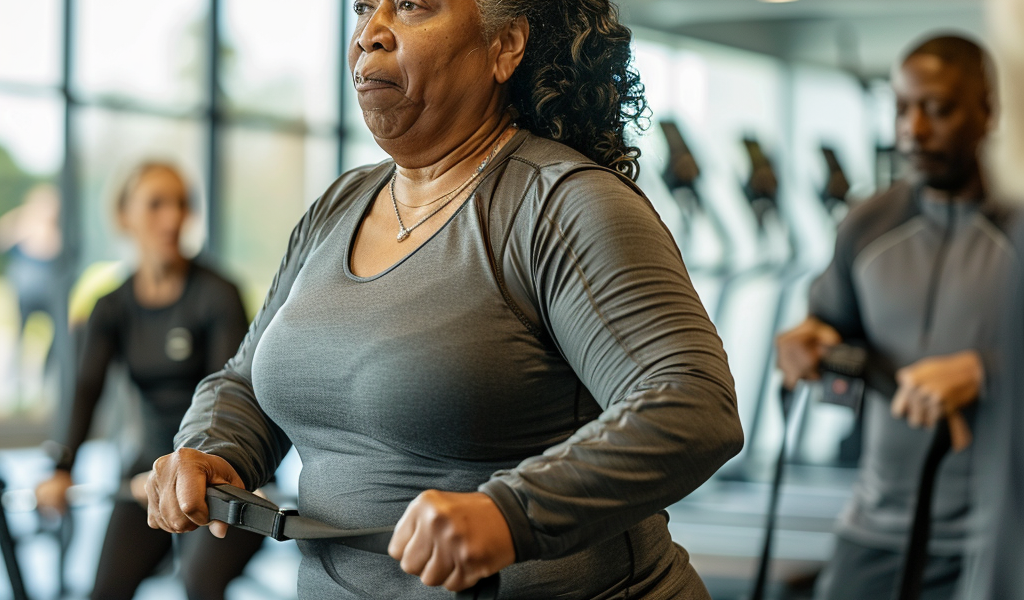As individuals enter their 40s, they often find themselves navigating a myriad of physical changes that can be both surprising and challenging. This decade marks a pivotal moment in the aging process, where the body begins to exhibit signs of decline in muscle strength and an increased susceptibility to injuries, even among those who lead an active lifestyle.
During a recent physical therapy session, a therapist made an observation that resonated deeply with many patients: “After they turn 40, they all come in here with lower-body problems.” This statement highlights a trend that many individuals in this age group may not fully comprehend until they experience it firsthand. For those who engage in high-intensity activities such as yoga, running, and rowing, the onset of unexplained injuries can be particularly disheartening.
Research indicates that the aging process in both men and women can occur in waves, with significant changes often manifesting in the mid-40s. This period is characterized by a gradual decline in hormone levels, which can directly impact muscle strength and recovery times. For many, the realization that their bodies are not as resilient as they once were can come as a shock. Despite being physically active, many individuals find that they are more prone to injuries affecting various parts of their bodies, including the feet, lower back, hamstrings, hips, and elbows.
Understanding these physical changes is crucial for individuals in their 40s. While many may be prepared for the cosmetic signs of aging, such as wrinkles and gray hair, the decline in physical capabilities often goes unnoticed until it manifests as pain or injury. This lack of awareness can lead to frustration and confusion, particularly for those who prioritize fitness and well-being.
Fortunately, there are effective strategies to combat the challenges of aging during this decade. Strength training has been shown to be particularly beneficial for maintaining muscle mass and enhancing overall strength. By incorporating resistance exercises into their routines, individuals can counteract some of the effects of aging, improving both their physical capabilities and their quality of life.
Additionally, hormone therapy may be an option for some individuals looking to alleviate the symptoms associated with hormonal decline. This approach can help restore balance and support muscle health, potentially reducing the risk of injury and enhancing recovery after physical activity.
The importance of acknowledging the changes that come with aging cannot be overstated. By recognizing that the 40s can serve as a turning point, individuals can take proactive steps to address their health and fitness. This acknowledgment allows for a more informed approach to wellness, empowering individuals to make choices that support their bodies through this transformative stage of life.
In conclusion, while the onset of physical changes in the 40s can be daunting, it is essential to embrace this period as an opportunity for growth and adaptation. By prioritizing strength training and exploring options such as hormone therapy, individuals can navigate the challenges of aging with resilience and confidence.





